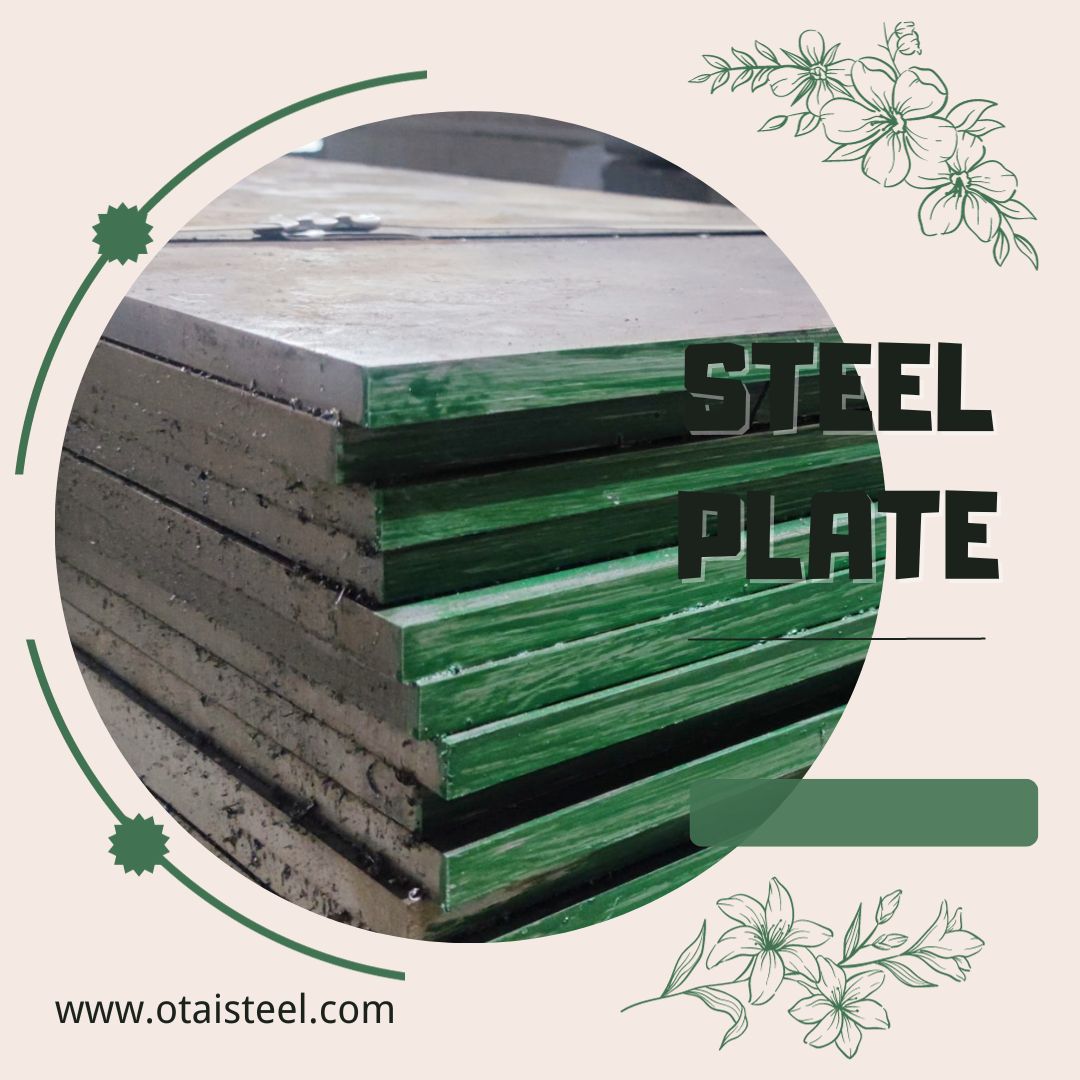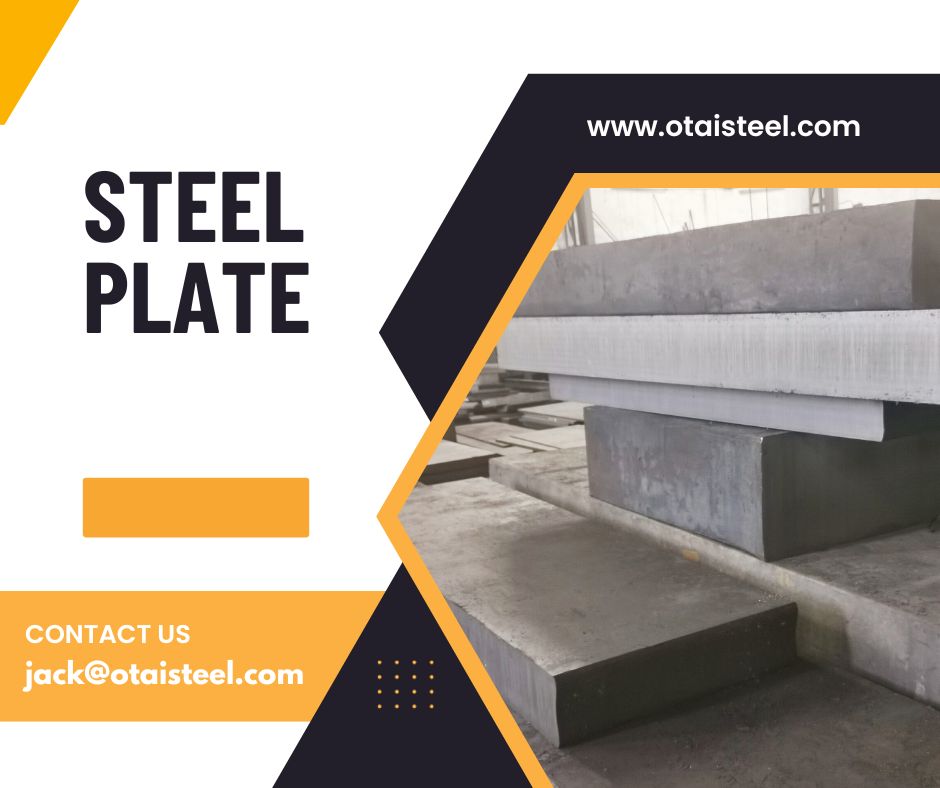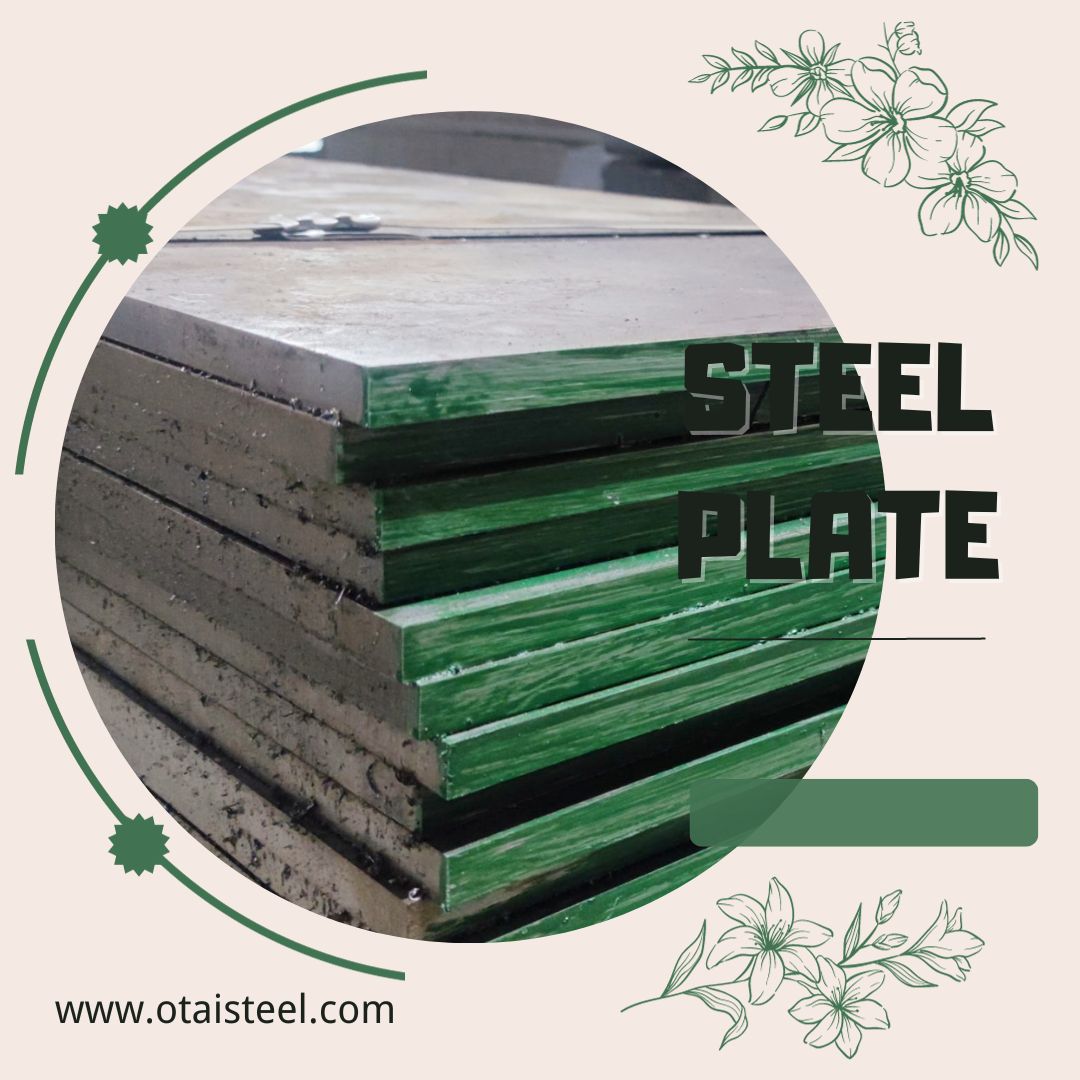34CrNiMo6 Steel’s Resilience Unveiled
Steel has been a steadfast companion in the journey of human progress, and within its diverse family, 34CrNiMo6 steel emerges as a symbol of resilience. In this exploration, we unravel the narrative of 34CrNiMo6 steel, unveiling its inherent strength, applications, and the resilience that sets it apart in the world of materials.
Forged in Toughness: The Composition of 34CrNiMo6 Steel
At the heart of 34CrNiMo6 steel’s resilience lies its carefully crafted composition. An alloy of chromium, nickel, and molybdenum, this steel variant possesses not just strength, but a unique toughness that sets it apart. The marriage of these elements forges a material that stands resilient against the tests of time and harsh conditions.
Enduring Stress: 34CrNiMo6 Steel in Structural Applications
Structural integrity is the backbone of any construction, and 34CrNiMo6 steel emerges as a reliable ally. Its resilience against stress and heavy loads makes it a preferred choice in structural applications. From bridges to industrial structures, the steel’s ability to endure stress ensures the longevity and stability of constructions.
Gearing Up for Challenges: 34CrNiMo6 Steel in Gear Manufacturing
Gears are the unsung heroes in the machinery orchestra, and 34CrNiMo6 steel takes center stage in their manufacturing. The steel’s resilience against wear and fatigue makes it an ideal candidate for crafting gears that navigate the challenges of heavy machinery. In industries where reliability is paramount, 34CrNiMo6 steel gears stand resilient.
Navigating Extreme Conditions: 34CrNiMo6 Steel in Aerospace Engineering
The aerospace industry operates on the frontier of extreme conditions, and 34CrNiMo6 steel proves its mettle in this arena. Its resilience against high temperatures and harsh environments positions it as a crucial material in aerospace engineering. From critical components to structural elements, the steel contributes to the safety and resilience of aircraft.
Withstanding Wear and Tear: 34CrNiMo6 Steel in Automotive Components
In the automotive realm, where components face constant wear and tear, 34CrNiMo6 steel steps in as a resilient choice. Its ability to withstand repeated stress and impact enhances the durability of automotive components. From axles to crankshafts, the steel’s resilience ensures a longer lifespan for critical automotive parts.
Machining Marvel: Precision with 34CrNiMo6 Steel in Mechanical Components
Precision in mechanical components is non-negotiable, and 34CrNiMo6 steel emerges as a machining marvel. Its resilience during the machining process allows for the creation of intricate and precisely engineered components. In mechanical applications where precision is the key, the steel stands resilient in delivering accurate results.
Guarding Against Corrosion: 34CrNiMo6 Steel in Harsh Environments
Harsh environments pose a threat to many materials, but 34CrNiMo6 steel stands guard against corrosion. Its resilience against corrosive elements makes it a reliable choice in applications where exposure to harsh environments is inevitable. The steel’s ability to maintain its integrity even in corrosive conditions adds another layer to its resilience.
Conclusion: The Unyielding Spirit of 34CrNiMo6 Steel
In conclusion, 34CrNiMo6 steel’s resilience is not just a property; it’s an unyielding spirit that defines its journey. From structural applications to aerospace engineering, automotive components, and beyond, the steel’s ability to endure and stand resilient makes it a cornerstone in the world of materials. (34CrNiMo6 Steel’s Resilience Unveiled)
 34CrNiMo6 Alloy: Where Strength Meets Precision
34CrNiMo6 Alloy: Where Strength Meets Precision 34CrNiMo6 Steel’s Influence on Design
34CrNiMo6 Steel’s Influence on Design 34CrNiMo6 Steel in High-Performance Gears
34CrNiMo6 Steel in High-Performance Gears 4140 Alloy Excellence: Shaping the Future of Materials
4140 Alloy Excellence: Shaping the Future of Materials